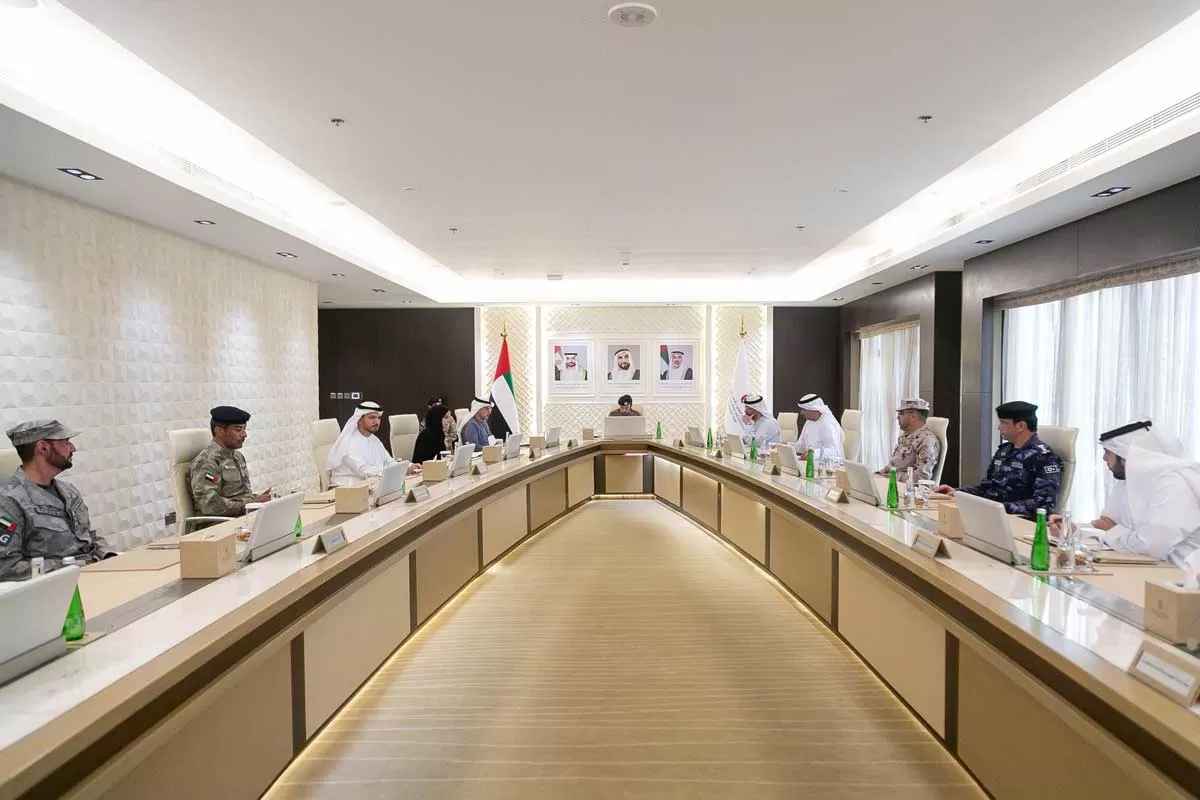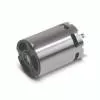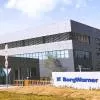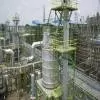DEFINITIONS
1.Construction is taken to include civil engineering and construction contracting. DEFINITIONS
2.Revenue includes sales revenue, other income and revenue of subsidiaries.DEFINITIONS
3.Profit is taken as net profit where the company has only one segment. In case where the company has multiple segments, we have taken segment-wise profit. Also, wherever consolidated net profits numbers are available, we have considered the consolidated net profit for the last six years.
QUALIFICATIONS
1.Company form: Should be a legal entity created in any one of the three modes: a.Registered as a public or private limited company under the Indian Companies Act, 1956,
b.Registered as a partnership firm under the Indian Partnership Act, 1932, or,
c.A public sector undertaking created under an Act of the Parliament or State Legislature.
2.Audited accounts: The annual statement of accounts, balance sheet and profit and loss account should be audited by an accredited firm of chartered accountants, and the same submitted annually to the body of share or stakeholders.
3.Foreign companies working in India but not incorporated in India are excluded. Proprietary firms are also excluded.
4.Size of company: Revenue to be above Rs 200 crore for construction companies and Rs 100 crore for other construction related companies in the immediate last financial year (2014-15). Financial results closed during any of the calendar months falling between April 2014 and June 2015 are also considered.
5.Age: The Company should have been incorporated at least six years ago. The statement of accounts, thus, should be available for financial years 2010-11 up to 2015-16.
6.Nature of business: The mainline business of the company should primarily be civil works, construction and contracting, registered as a public or private limited company. In the case of diversified companies, the contribution of construction to the gross annual revenue should not be less than 50 per cent in each accounting year if segment-wise reporting is not available. Companies that do not report annual revenues separately by segments (for construction) do not qualify for inclusion. A construction company servicing in-house requirements of the group and which does not cater to the open market is excluded from the scope of this study.
DATA SOURCES
1. Companies annual reports and published annual results.
RANKING METHODOLOGY
1.Ensure the companies in the frame have financial results for all the years, ie, FY2010-2011 up to FY2015-2016.
2.Two prime indicators were considered for the ranking: Total revenue and profit after tax (PAT) (as reported in the annual results).
3. Year-on-year percentage change was computed for each of the years, for revenue and PAT. For companies who have posted a turnaround in FY2016, its FY2015 PAT performance is averaged taking its five years performance to normalise the ranking calculation.
4. In the case of net loss for two or more consecutive years, the values were treated in absolute terms while computing the year-on-year. For example, a net loss of Rs 10 crore rising to Rs 15 crore in the next year is a negative growth, but if the same comes down to Rs 5 crore, it is treated as a positive growth.
5. The companies were ranked in terms of descending order of year-on-year change (revenue and profit) for each of the years. (Fastest growth was ranked one and slowest, the last).
6.The rank of each year was then multiplied by the weight (see table below) assigned to that year. This was done separately for revenue and PAT. The results were totaled for each company to form the index for both revenue and profit.
| Year | FY16 | FY15 | FY14 | FY13 | FY12 |
| Weight |
5 |
4 |
3 |
2 |
1 |
7.Companies were sorted in ascending order of the composite index to arrive at the fastest growing companies. Thus, the company with the lowest composite index was ranked first and as the topper.
8. Companies reporting losses in 2015-16 are not considered for the CW Awards. Construction companies have been categorised as under:
- Large with revenue > Rs 3,000 crore.
- Medium with revenue > Rs 1,000 crore to < Rs 3,000 crore.
- Small size with revenue < Rs 1,000 crore but > Rs 200 crore.
9.Jury members hold a right of veto and despite a company emerging in the top ranks, can be pushed down the ranks if the jury does not find it worthy qualitatively.
Note: Some of the figures mentioned in profiles of the winners relate to consolidated figures of the group under which the company operates.

















